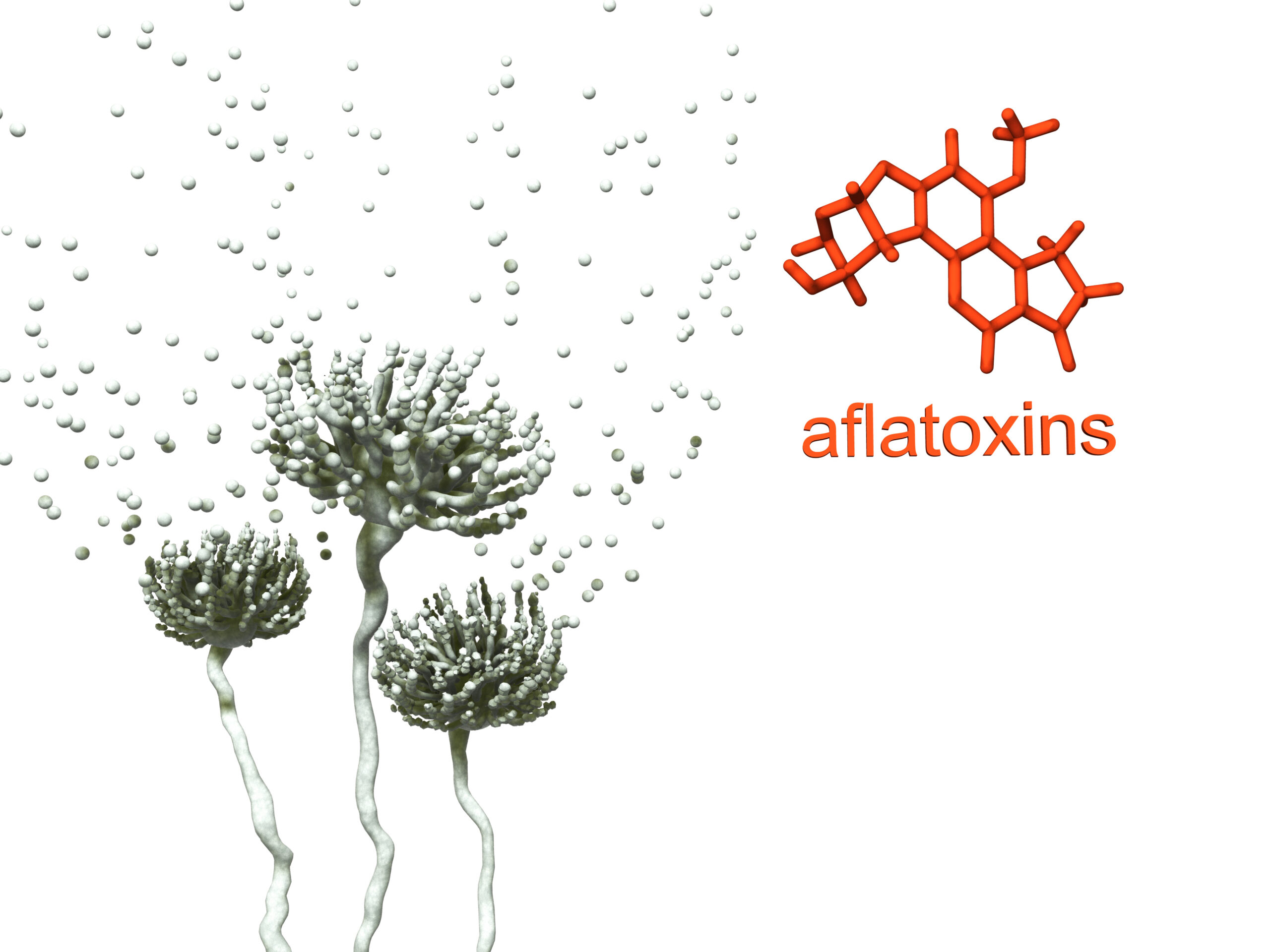Tirzepatide for Weight Loss: Current Status
Tirzepatide is a medication used to treat type 2 diabetes. Sold under the brand name Mounjaro, tirzepatide activates receptors for the glucagon-like-peptide 1 (GLP-1) and glucose-dependent insulinotropic polypeptide (GIP) hormones, which are involved in the control of blood sugar.1 Patients who receive tirzepatide experience a drop in their hemoglobin A1C level, a common measure of average blood sugar levels. Tirzepatide has also demonstrated great potential as a weight loss drug.
Studies have shown that drugs which interact with the GLP-1 and GIP receptors could help treat obesity, owing to the effects that these receptors’ hormones have on brain signaling and the buildup of adipose tissue.2 These results motivated researchers to conduct a clinical trial in which individuals with obesity would be administered varying amounts of tirzepatide once a week, with some participants receiving a placebo. The results of the trial, which was called SURMOUNT-1, were published in July 2022 in The New England Journal of Medicine.3
Tirzepatide, the researchers found, has remarkable ability as a weight loss drug. Over the course of the 72-week trial, participants who received a 5-mg dose of tirzepatide experienced a 15% decrease in body weight, those receiving a 10-mg dose saw a 19.5% drop in weight, and the 15-mg group had a 20.9% decrease in body weight, on average. Participants in the placebo group only saw a weight reduction of 3.1%. The mean reduction in total body fat mass across the tirzepatide groups was 33.8%.
The more moderate success of previous weight loss drugs is the context behind the excitement surrounding tirzepatide. Traditionally, a 5% or greater reduction in body weight has been the threshold for regarding an intervention as clinically significant.4 Weight-loss medications currently approved by the FDA have typical weight loss reductions between 3 and 8.6%.5 The next most effective weight-loss drug, semaglutide, led to a 15% reduction in weight loss in a trial similar to SURMOUNT-1.6 Remarkably, weight loss reduction percentages from tirzepatide approach those of bariatric surgery, which typically decreases weight by 25-30% within 1 to 2 years following surgery.7
Whereas SURMOUNT-1 was conducted in people without type-2 diabetes, SURMOUNT-2, a more recent clinical trial whose results were published in August 2023,8 sought to evaluate the weight-loss abilities of tirzepatide in people with type-2 diabetes. In this trial, participants who received 15-mg injections of tirzepatide had, on average, weight reductions of 14.7%. Though this is significantly lower than the 15-mg group in SURMOUNT-1, the authors of SURMOUNT-2 note that such a magnitude of weight reduction has previously only been seen in people without type-2 diabetes. Additionally, factors such as physical function improved significantly in the tirzepatide group, while risk factors like blood pressure and triglyceride and cholesterol levels decreased. These changes together can contribute to reduced cardiovascular disease over time. The safety profile of tirzepatide was favorable in both SURMOUNT-1 and SURMOUNT-2.
Tirzepatide is expected to skyrocket in popularity once it receives FDA approval, with some predicting it will become the best-selling drug of all time.9 Further iterations of the SURMOUNT trials are currently underway, one of which is directly comparing tirzepatide against semaglutide.10 Semaglutide itself has exploded in popularity recently, but data accumulates from real-world use, its side effects are becoming more apparent. It is clear that tirzepatide has the potential to considerably help patients with weight loss; additional research will make clear what advantages and disadvantages it may have.
References
1. Office of the Commissioner. FDA Approves Novel, Dual-Targeted Treatment for Type 2 Diabetes. FDA https://www.fda.gov/news-events/press-announcements/fda-approves-novel-dual-targeted-treatment-type-2-diabetes (2022).
2. Samms, R. J., Coghlan, M. P. & Sloop, K. W. How May GIP Enhance the Therapeutic Efficacy of GLP-1? Trends Endocrinol. Metab. TEM 31, 410–421 (2020), DOI: 10.1016/j.tem.2020.02.006
3. Jastreboff, A. M. et al. Tirzepatide Once Weekly for the Treatment of Obesity. N. Engl. J. Med. 387, 205–216 (2022), DOI: 10.1056/NEJMoa2206038
4. Ryan, D. H. & Yockey, S. R. Weight Loss and Improvement in Comorbidity: Differences at 5%, 10%, 15%, and Over. Curr. Obes. Rep. 6, 187–194 (2017), DOI: 10.1007/s13679-017-0262-y
5. American Diabetes Association. 8. Obesity Management for the Treatment of Type 2 Diabetes: Standards of Medical Care in Diabetes-2020. Diabetes Care 43, S89–S97 (2020), DOI: 10.2337/dc20-S008
6. W, John P. H. et al. Once-Weekly Semaglutide in Adults with Overweight or Obesity. N. Engl. J. Med. 384, (2021), DOI: 10.1056/NEJMoa2032183
7. Aminian, A. et al. Association of Bariatric Surgery With Major Adverse Liver and Cardiovascular Outcomes in Patients With Biopsy-Proven Nonalcoholic Steatohepatitis. JAMA 326, (2021), DOI: 10.1001/jama.2021.19569
8. Garvey, W. T. et al. Tirzepatide once weekly for the treatment of obesity in people with type 2 diabetes (SURMOUNT-2): a double-blind, randomised, multicentre, placebo-controlled, phase 3 trial. The Lancet 402, 613–626 (2023), DOI: 10.1016/S0140-6736(23)01200-X
9. A new weight loss drug could become the best-selling drug of all time. Who can afford it? NBC News. https://www.nbcnews.com/health/health-news/weight-loss-drug-affordability-rcna60422 (2023).
10. A Study of Tirzepatide (LY3298176) in Participants With Obesity or Overweight With Weight Related Comorbidities – Full Text View – ClinicalTrials.gov. https://classic.clinicaltrials.gov/ct2/show/NCT05822830.









